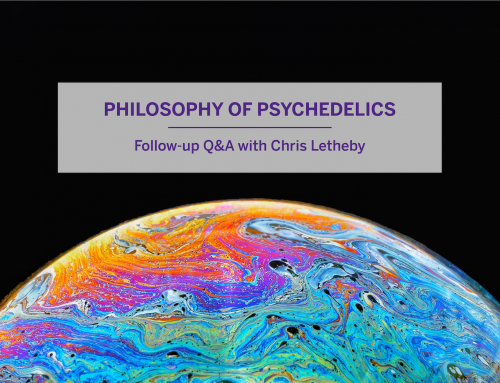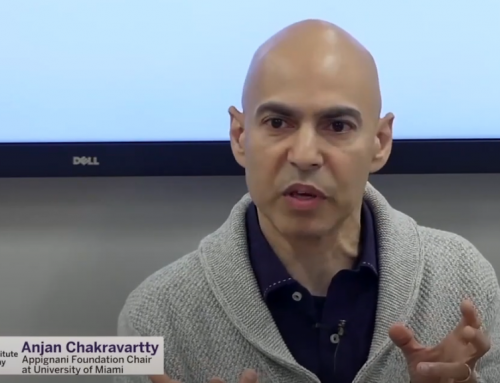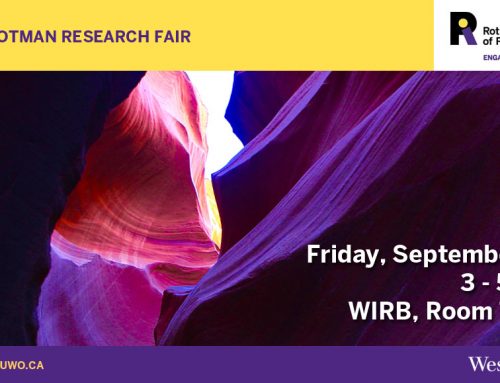Here’s the fifth lecture from the Rotman Summer Institute on Foundations of Statistical Mechanics from July 14-20, 2013. Lots more to come.
In this lecture, John Norton presents an analysis of how Einstein came to the argument for light behaving in some contexts as quanta, which Einstein himself calls a “very revolutionary” argument among his 1905 work. Einstein is able to make inferences about the microscopic behaviour of light from macroscopic phenomena. Norton argues that the structure of Einstein’s argument here is in many essential ways the same structure that he used in his earlier work on statistical physics in different contexts.
Norton presents some of Einstein’s earlier work and proceeds to explicate Einstein’s light quanta argument, stressing the similarities in the various cases. He shows how Einstein was able to infer from the phenomenon of volume-dependent entropy in systems of radiation to the idea that light behaves as quanta in certain contexts. He then presents some of the complications in the argument, but concludes that while the content of Einstein’s work here was revolutionary, the method by which Einstein came to his conclusion was firmly rooted in past investigations.
Thanks to Molly Kao for editing the video, and writing the above precis of the lecture.





